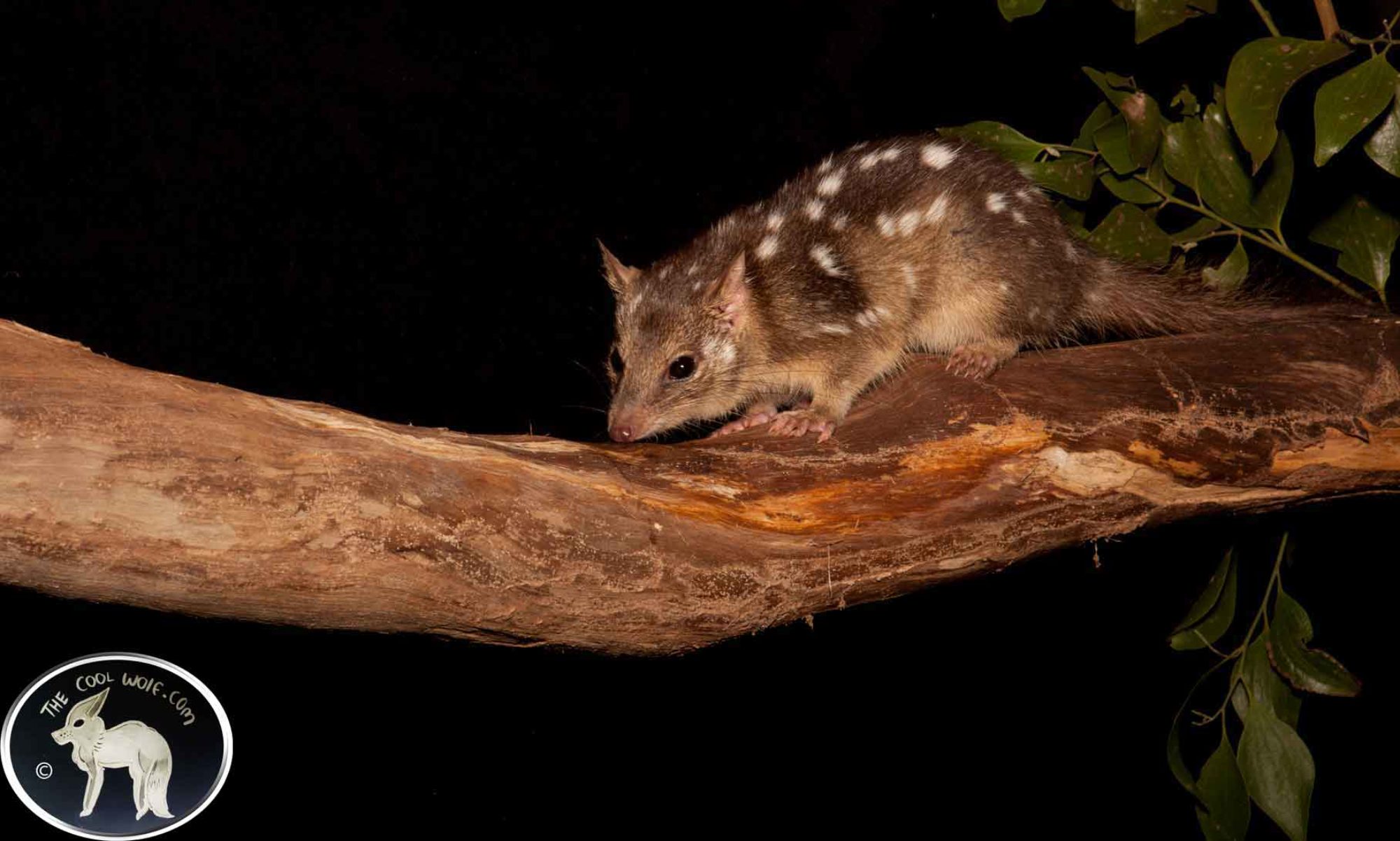

These are two tall straight trees that can be distinguished from each other primarily by their different bark. The Red Cedar has a squarish, flaky grey bark. Tallowwood has a fibrous reddish bark. They are not typically sympatric with varying habitats and some non-overlapping range.
Australian Red Cedar
Australian Red Cedar trees are found in sub-tropical rainforest ecosystems of New South Wales and Queensland. Milton in the far North is northern limit, Papua New Guinea and Norfolk Island and Wheeny Creek to the west and Wyong. They are found in protected gullies of Narrabeen soil enriched by silts, shale and nutrient rich plant matter. They share the ecosystem with climbers and ferns, Cordyline stricta, a palm like lily and Cabbage Tree Palms, Livistona australis and also the Small-leaved Bleeding Heart, Omalanthus stillingifolius. Tall straight Cedar stands can be found at the base of the Blue mountains to the coast. They were prized for furniture production and heavily logged in the 19th century.





Australian Tallowwood
Australian Tallowwood trees, Eucalyptus microcorys, are a coastal tree of New South Wales (Lake Macquarie near Newcastle is southern range) to Queensland. Grows up to 36 m tall and has brown, soft fibrous bark. Timber has a greasy feel like tallow. These trees grow in tall open forest on the edge of rainforest with soils that are deep, moist and nutrient rich. Tallowwood is a favoured koala food tree and is a useful choice of tree to grow when feeding captive koalas.



Provenance Species
As Red Cedars and Tallowwood trees are both large structural components of their tall forest vegetation communities. Because of this they are both important provenance species to choose to plant and grow when artificially growing back those ecosystems they have evolved in.

